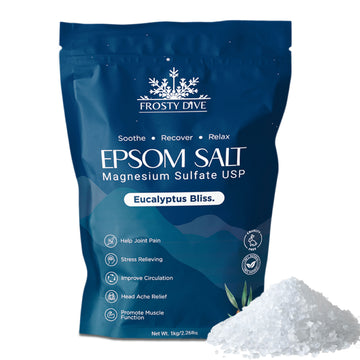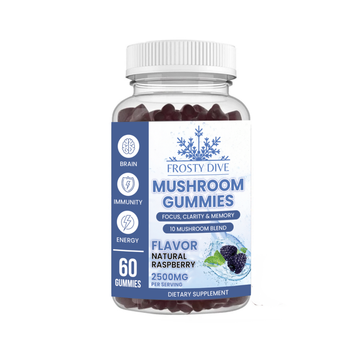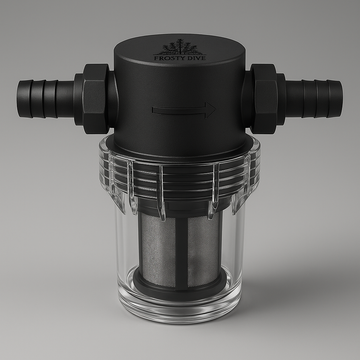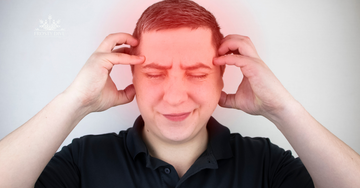Cold plunging, or cold water immersion, has gained significant popularity in recent years for its numerous health benefits—from reducing inflammation and improving circulation to enhancing mental clarity and resilience. However, for beginners, jumping straight into icy water can be both physically and mentally overwhelming. To maximize benefits while ensuring safety and comfort, it’s crucial to start with the right water temperature. So, what’s the recommended temperature setting for a cold plunge beginner?
Starting Temperature: A Gentle Introduction
For those new to cold plunging, a water temperature between 50°F to 59°F (10°C to 15°C) is generally considered ideal. This range is cold enough to stimulate the desired physiological responses without being so intense that it shocks the system or deters you from trying it again.
At these temperatures, beginners can still experience many of the benefits—such as improved circulation, reduced muscle soreness, and a boost in mood—without the discomfort and risks associated with colder water. It also allows your body and mind to gradually acclimate to the sensation of cold immersion.
Why Not Go Colder Right Away?
While it may be tempting to aim for the dramatic effects of plunges below 50°F (10°C), diving into extremely cold water without preparation can cause adverse reactions. These include:
Cold shock response: Rapid breathing, increased heart rate, and elevated blood pressure can result from sudden exposure to cold water.
Hypothermia risk: Especially if you stay in too long or if the water is near freezing.
Negative mental associations: A bad first experience can make you less likely to continue with cold plunging as part of your routine.
Gradual exposure allows the body to build tolerance, reduce the shock factor, and create a sustainable habit.
Duration Matters, Too
In addition to temperature, time spent in the plunge is equally important. For beginners, even 2 to 3 minutes in 50°F to 59°F water is more than enough to start feeling the effects. As your body becomes more accustomed to the practice, you can gradually increase both the duration and lower the temperature—if desired.
Listening to Your Body
Everyone's cold tolerance is different. Some beginners may find 59°F manageable, while others might struggle even at 55°F. It’s important to listen to your body and watch for signs of overexposure such as numbness, excessive shivering, or feeling disoriented. These are cues to end the session immediately and warm up.
Tips for a Successful First Cold Plunge
Start Slow: Begin with higher temperatures in the 55–59°F range and reduce gradually over time.
Control Your Breathing: Focused breathing can help manage the initial cold shock and bring a sense of calm.
Limit Time: Stick to short sessions and increase duration as you become more comfortable.
Warm Up Afterward: Use warm clothes, blankets, or a warm drink to return your body to normal temperature.
Stay Consistent: Regular practice will improve your tolerance and maximize the benefits.
Final Thoughts
Cold plunging can be a powerful tool for improving health and wellness, but like any therapeutic practice, it should be approached mindfully. For beginners, the recommended temperature of 50°F to 59°F provides a safe and effective starting point. As you build resilience, you can explore colder temperatures and longer sessions—always keeping safety and body awareness at the forefront. Starting slow not only reduces risk but also sets you up for long-term success with cold water therapy.
























